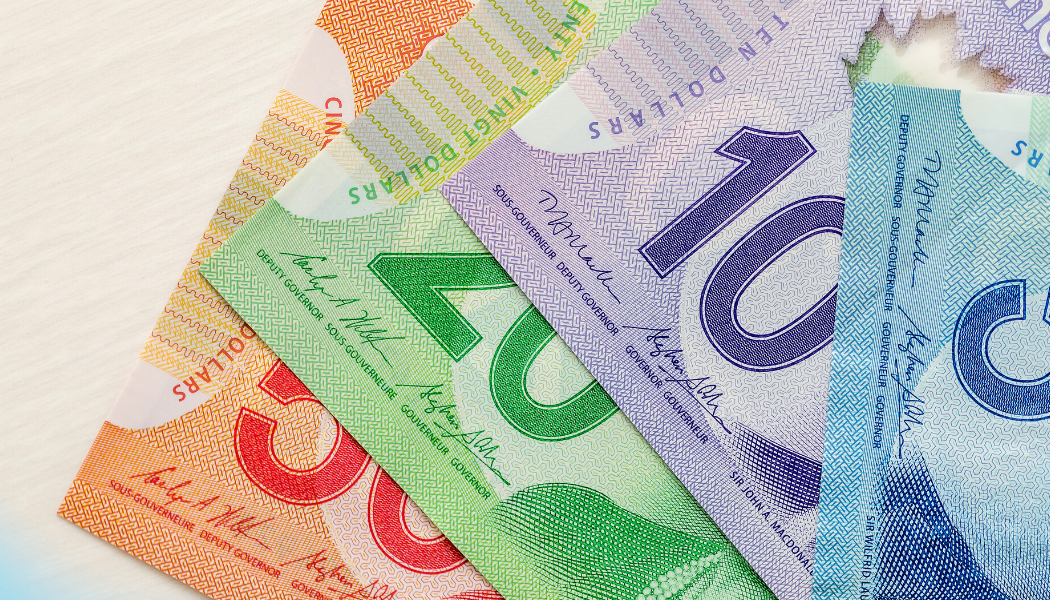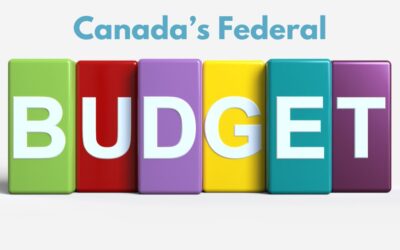Each person’s financial situation is different, so while some may be experiencing financial hardship during this current crisis, others are lucky to still be employed and aren’t feeling the pinch the same way (but surely have other issues to deal with in these extraordinary times).
Regardless of whether you’re feeling the pinch or not, the freedom in your time right now offers great opportunity to review your finances and make some positive changes. Changes that perhaps you’ve been meaning to do and because life always gets in the way, have just not got around to it. Here’s a checklist of things to help you Master Your Cashflow.
Get Your Relief Measures Lined Up
- If you’re facing financial hardship and have a mortgage, investigate the mortgage deferral program that your lender is offering. NOTE that this is not for everyone, and I would recommend based on the proposed deferral plans offered by the banks that this is undertaken only if absolutely needed, and only for as long as needed. Remember, if you have some income still coming in, but perhaps are uncertain how long that might last, you don’t have to defer April’s payment. You can wait until you absolutely have to use that feature. Understand the costs associated well and make an informed decision. Each lender is offering programs that may differ.
- Know which government benefits, if any, are available to you should you be out of employment or self-employment income. And plan your cashflow accordingly, knowing how long it would take to receive those benefit payments.
- Whether you’re filing for income relief or not, you may still be receiving a one-time bump in certain benefits such as the GST Credit and Canada Child Benefit federally, and a Child Benefit from the Province of Ontario for kids at home (available if you registered for the Province’s strike program). You can find out what you’ll be getting from the CRA My Account website for the federal benefits. These payments are expected in April and May.
- Find out what your municipality is doing for relief measures. Many of them are deferring property tax installments, waiving penalties and fees, and not disconnecting water service for non-payment right now. This can help you plan what utilities to pay if money is tight.
- Find out what your electrical and natural gas providers are offering for relief. For example, hydro is offering 24-hour off-peak rates to lower your bills, and many are working with customers on payment arrangements and no cut-offs. If you can’t make payments, contact your provider, or look at alternative assistance programs such as LEAP (Low income Energy Assistance Program).
- If you are financing or leasing a vehicle, check in to see if there are any relief programs being offered to help with those payments.
Once you know what relief is available to you, look at your Other Expenses
- Start by looking over your entire monthly spending over the most recent regular months, and isolate your spending into two categories: necessary expenses and nice-to-have expenses. Necessary expenses would include home and auto insurance, utilities, communications (although we’ll come back to that one), and others that are required for your household and/or business. Your nice-to-have expenses are those things that we spend money on that perhaps we don’t need or really use on an ongoing basis, and might include that subscription service that you pay only $9.99/month for, but never actually use. Be sure to check your credit card statements for automatic deductions you’ve forgotten about.
- Once you’ve got those two categories outlined, tackle the nice-to-haves and look at what you can get rid of. Anything that you no longer use should be first to cancel on the list. Anything that’s a nice-to-have, but you don’t really NEED and can’t really AFFORD right now, should be next to cancel and/or modify. Don’t be afraid to just change your plan to something more economical for the time being, if it IS something that you feel you need. Keep going until you’ve addressed all the expenses on the nice-to-have list, and tally up your savings for the month.
- Look at your necessary expenses for adjustments that can be made. Can you change your cell phone plan to save some moolah? Can you bundle something differently? (keeping in mind that changing services that require in-home service is not likely possible right now) Or if you’re coming up on the end of a special rate, ask the company to extend it further. You’ve got the time right now to sit on hold, so make those efforts.
- Tackle any debt that you may have to be paying toward monthly. Know what your credit cards are offering, but try to make payments. Ask for a decrease in rate (it doesn’t hurt to ask), and be conscious not to resort to your credit cards during a cashflow crisis so that you don’t dig yourself deeper into debt that ends up costing you that much more each month to maintain.
- Create a budget to allocate how much you and your family can spend on groceries and other discretionary items. While the fear may have you wanting to stock up, be mindful of how that affects your cashflow in the immediate future. Food supplies will remain available so you don’t really need more than one or two weeks of groceries and household items at a time.
Also take this opportunity to review your other financial management items, such as your income taxes (if they’ve not already been filed for 2019). Know that the deadline for filing has been delayed, as has the deadline for payment if you’re having to pay, however, if you know you’ll get a refund why not file now and get that extra cash in your pocket?
Determine your shortfall between ALL of your expected income/benefits and your minimum expenses. If there’s a gap and you’ll be spending more than you’ll be saving, know how much and ask yourself are there ways to access additional money? Perhaps it’s dipping into savings, or cashing out some investments (try to avoid RRSPs if possible).
If you need help sorting your own situation, I’m here. Contact me to schedule a call and chat further.
Stay Safe. Stay Home. Be Kind to Others.
For all the info on federal benefits, head over to https://www.canada.ca/en/department-finance/economic-response-plan.html





0 Comments